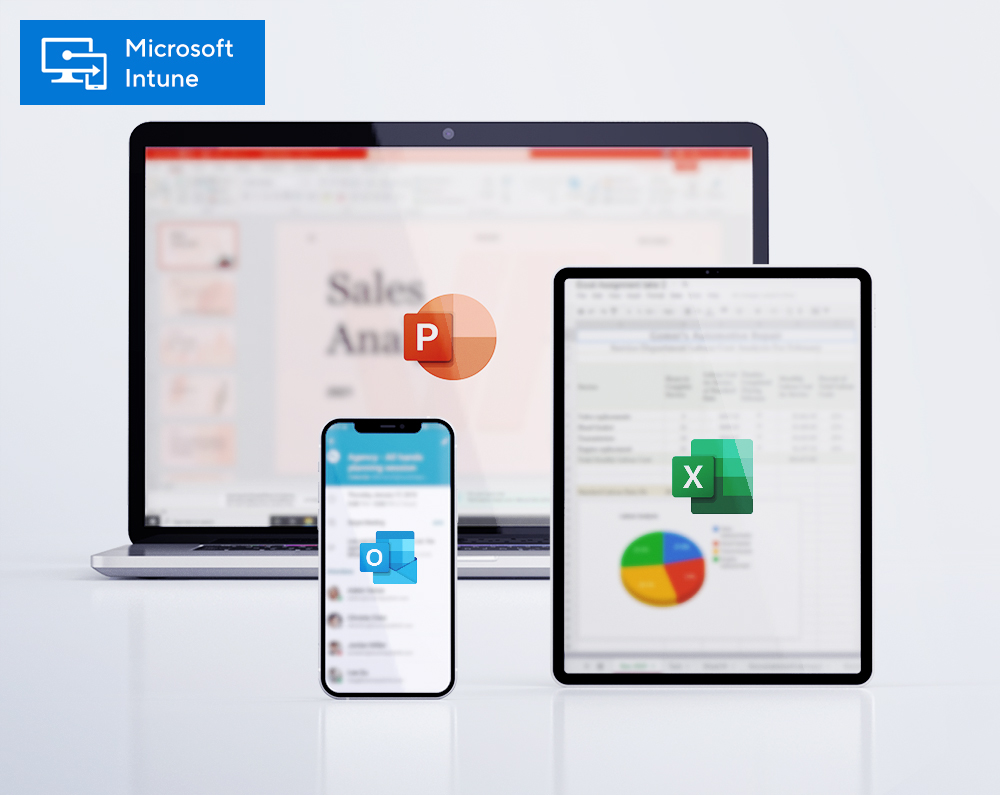
iLogCheck – The Visitor Management System, the digital receptionist for your office
When the COVID-19 pandemic swept across the globe, businesses scrambled to find ways to adapt to the new normal.

#DrivingExpertLedTransformation
Smartphone users appreciate utilizing their devices to get a lot done in a short period of time, or sometimes to do a lot of things at once. For example, accessing messages, emails, social networks while listening to songs or watching videos. Generally speaking, apps make our lives easier by reducing the time required to perform common tasks, but what about the actual creation of the app itself? Is there a way to make that go faster?
A native application is built specifically for a device and operating system, for example an app built for iPhone’s on iOS. The app is developed in a manner using technologies that are native to the platform. For iOS, that is Swift / Objective-C and for Android it is Java. In principle, native apps promise better performance because they are compiled as machine code. It is also easier to deploy the quick and fluid animations used by the operating system itself, and it can offer fuller access to the devices hardware.
Native app developed can be complex, especially as the code must be written separately if you want an app that runs on iOS and Android. It can amount to almost double the work, especially when you include testing.
Hybrid mobile applications are developed differently. They can look and act like native applications, but they are assembled from web technologies like HTML, CSS, and Javascript, and then exported to a native application utilizing frameworks like Cordova. This enables the developer to utilize any web-native system they need, and there are a lot to choose from.
It also makes hybrid mobile application development is quicker, more straightforward and the application is less demanding to maintain, especially as we only need one code base for both iOS and Android. We still have the option to access mobile device hardware, for example, the camera or Bluetooth. Cordova has a large archive of modules that support different options.
At the same time, hybrid applications is that they rely upon the native program, which means that they are not as quick as native applications. This will not be an issue for most apps given the performance of today’s devices, but if you are making high-resolution games or need something mission critical where every millisecond counts, it could be a factor.
The third way to develop mobile apps is to use libraries provided by a software manufacturer like Salesforce or Microsoft. These apps are generally not full featured or ground-up builds, but rather mobile extensions to existing software like an ERP or CRM. The software developer provides mobile features that you can bundle into an app for your business—without code or design. Library apps are definitely the fastest to market with the lowest overhead, but their functionality is limited to what the manufacturer provides.
At Korcomptenz, we believe in using the right tool for the job. If you’re looking to extend Office 365, a Library App will likely do the trick. If you need something fully custom, native or hybrid will be a better option. We have teams that are strong in all three, and we deploy them based on the specific needs of our customers. This allows us to provide cost effective, scalable, and rapid development options. Contact us for a consultation today.

When the COVID-19 pandemic swept across the globe, businesses scrambled to find ways to adapt to the new normal.

Microsoft Intune is a cloud-based service that focuses on mobile device management (MDM) and mobile application management (MAM).

Your employees are geographically dispersed, your customers are on the move, and many people work directly from their phones for common tasks from checking email to generating a new quote on a potentially big deal.
| Cookie | Duration | Description |
|---|---|---|
| cookielawinfo-checkbox-analytics | 11 months | This cookie is set by GDPR Cookie Consent plugin. The cookie is used to store the user consent for the cookies in the category "Analytics". |
| cookielawinfo-checkbox-functional | 11 months | The cookie is set by GDPR cookie consent to record the user consent for the cookies in the category "Functional". |
| cookielawinfo-checkbox-necessary | 11 months | This cookie is set by GDPR Cookie Consent plugin. The cookies is used to store the user consent for the cookies in the category "Necessary". |
| cookielawinfo-checkbox-others | 11 months | This cookie is set by GDPR Cookie Consent plugin. The cookie is used to store the user consent for the cookies in the category "Other. |
| cookielawinfo-checkbox-performance | 11 months | This cookie is set by GDPR Cookie Consent plugin. The cookie is used to store the user consent for the cookies in the category "Performance". |
| viewed_cookie_policy | 11 months | The cookie is set by the GDPR Cookie Consent plugin and is used to store whether or not user has consented to the use of cookies. It does not store any personal data. |